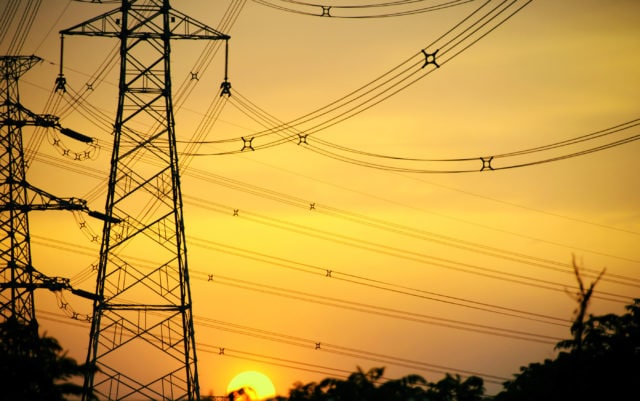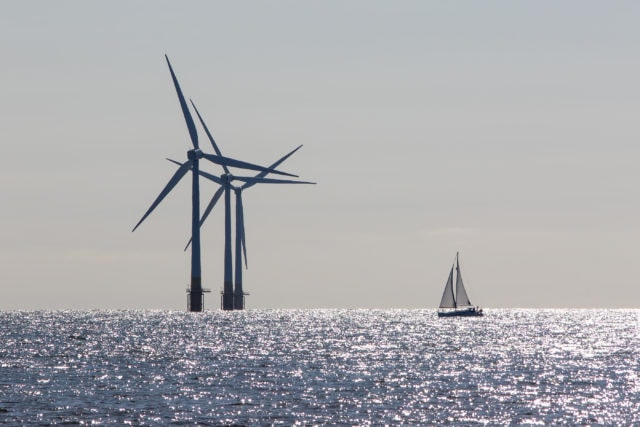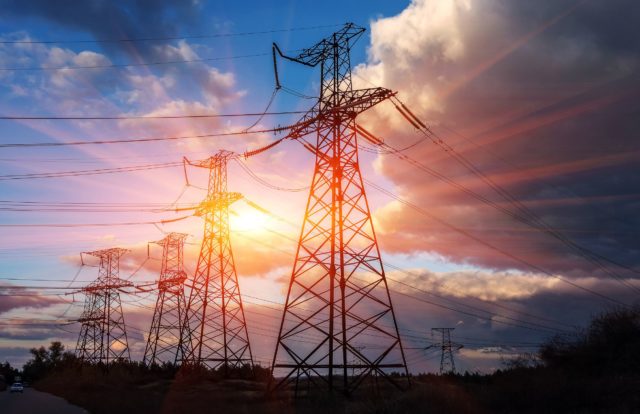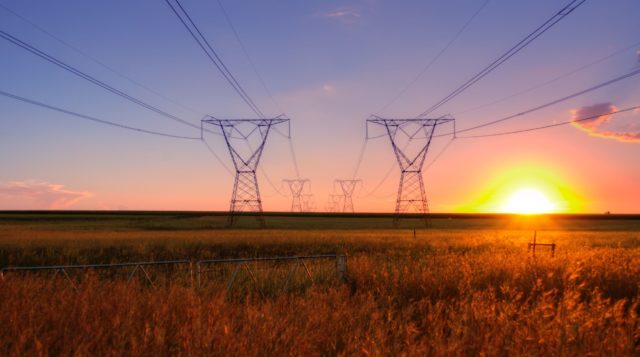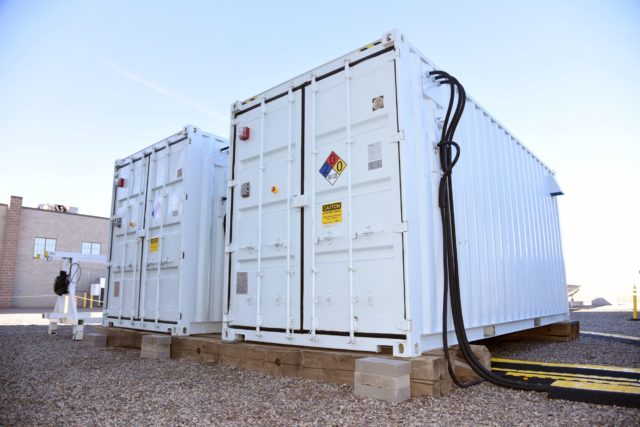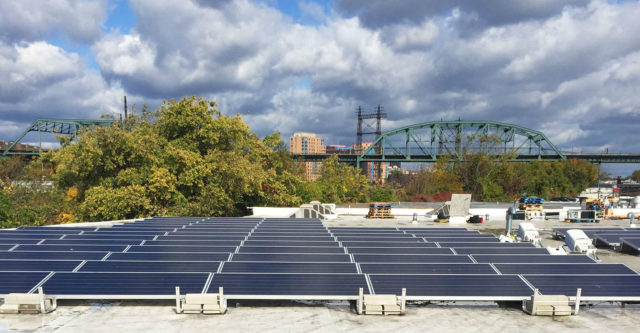Todd Olinsky-Paul
This week, Oregon became the latest state to fund an energy storage demonstration project that will use batteries and PV to power a resilient microgrid.
In the face of increasingly severe weather and power outages, more and more states are recognizing the importance of resilient power for communities and critical services.
Earlier this month, I had the pleasure of attending the commissioning of a solar+storage powered microgrid in Rutland, Vermont.
For the past year or two, there have been many stories in the press about how utilities view distributed generation and storage as a threat, rather than an opportunity. Now, there is evidence that this is starting to change.
After an embarrassingly long time, it seems the US has finally stopped dithering at the starting line and entered a race that Europe and China have been running for years.
Whether we like it or not, the power system remains a black box to most people.
There’s so much going on in the world of resilient power right now, it’s hard to keep up…
In May, the Oregon Department of Energy announced its upcoming solicitation for an energy storage demonstration project.
This month, NYSERDA announced $450,525,000 in new funding for commercial/industrial scale solar PV systems between 200 kW and 2 MW capacity.
This week, the US Supreme Court agreed to review a ruling by a lower court holding that FERC, the Federal Energy Regulatory Commission, has no jurisdiction to regulate demand response markets run by ISOs and RTOs.








